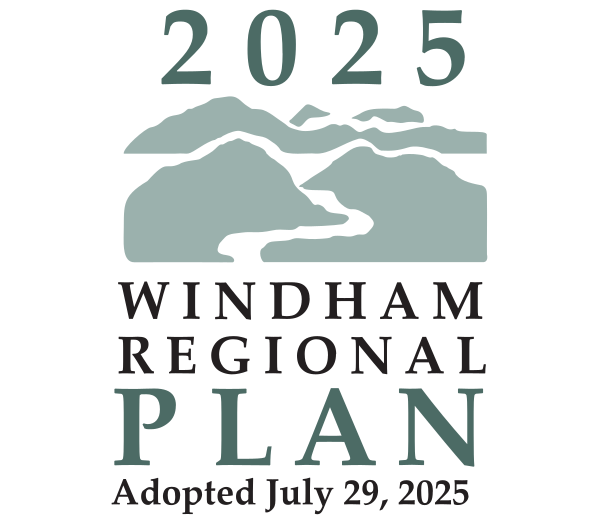Energy
Background
A reliable and affordable supply of energy is critical to our region. While many energy issues are national or global in scale, land use decisions and the way in which the region develops has a direct and lasting impact on the types of energy needed and amount of energy input necessary to sustain our communities. The Windham Region can lead by example by analyzing current energy usage, looking for areas of improvement, increasing the efficiency of the region’s energy dependent systems, and supporting local energy generation options that benefit communities. For the purposes of this Plan, energy is defined as usable power that is derived from fuel sources such as transportation fuel, heating fuel, or electricity generation sources.
A key premise underlying this energy discussion is the need for significant progress on several fronts:
- Energy Security: Much of the Vermont’s electricity is generated in facilities outside of the state, and the state has a significant reliance on imported fossil fuels. Diversifying our energy sources will allow the region to reduce dependency on foreign sources and to increase stability and resiliency in the event of supply interruptions or cost fluctuations.
- Environmental Protection: Our current pattern of energy use has significant negative impacts on the environment, especially regarding greenhouse gas emissions, other air quality impacts, and subsequent impacts on water quality and other natural resources.
- Economic Costs: Households spend a significant amount of money on annual electricity, heating, and transportation costs. Increased conservation and efficiency in all energy uses will allow residents to reduce their energy costs. There are also opportunities for economic and job growth in the clean energy sector, including renewable energy facilities and building weatherization.
- Equity: As the Windham Region, and the State, moves forward with energy transitions in order to meet greenhouse gas reduction and renewable energy consumption targets, energy policies and actions need to be accessible to all.
A primary purpose of the Energy Chapter is to implement the 2022 Vermont Comprehensive Energy Plan (CEP) and the 2021 Vermont Climate Action Plan within the Windham Region. The CEP lays out an ambitious task for the State: to source 90% of its energy from renewable resources by 2050 (referred hereafter as 90x50 Goal).
The following sections discuss current and anticipated future energy use for the Windham Region, specific renewable energy targets, and greenhouse gas emission reductions in the electricity, thermal, and transportation sectors. This Plan identifies goals and strategies under the pathways of Conservation and Efficiency, Land Use, Transportation, Renewable Energy Siting, and Equity in order to achieve these energy targets. Additionally, the Plan provides maps showing the potential for solar and wind energy generation in the region, known and possible constraints in renewable energy generation siting, transmission and distribution resources and constraints, transportation infrastructure, and possible locations for siting renewable energy generation.
